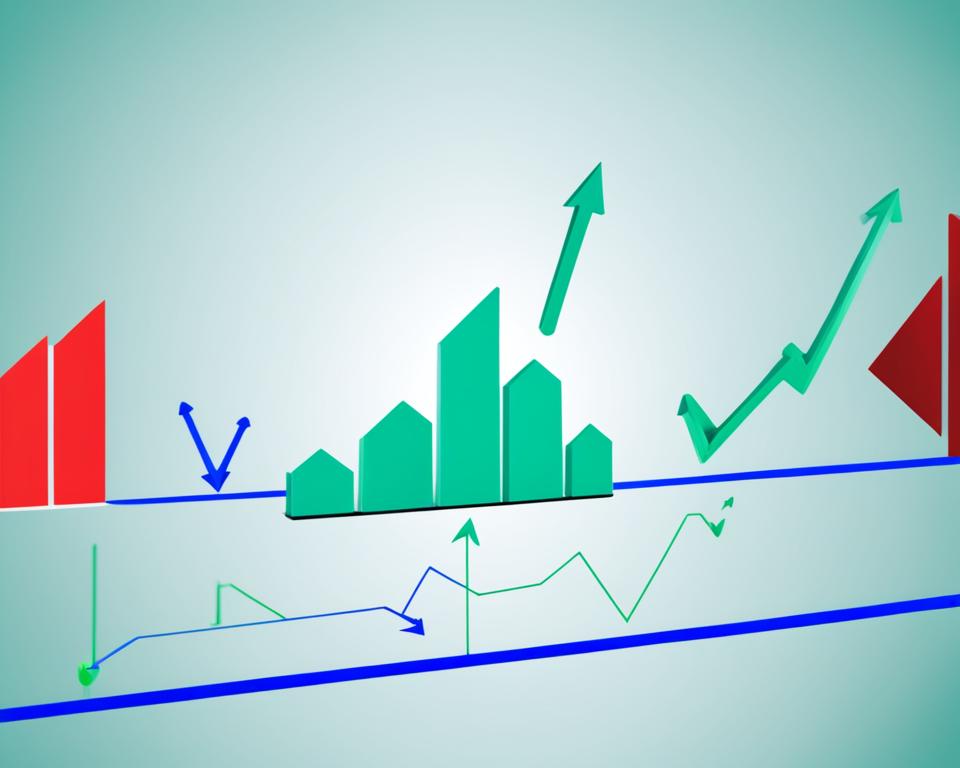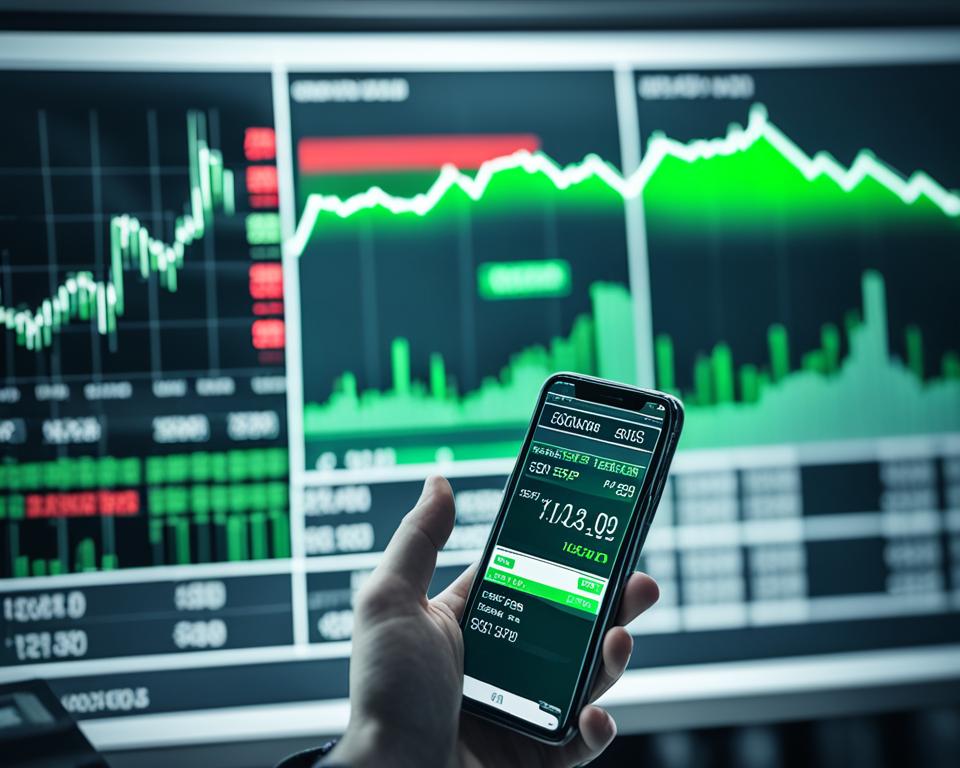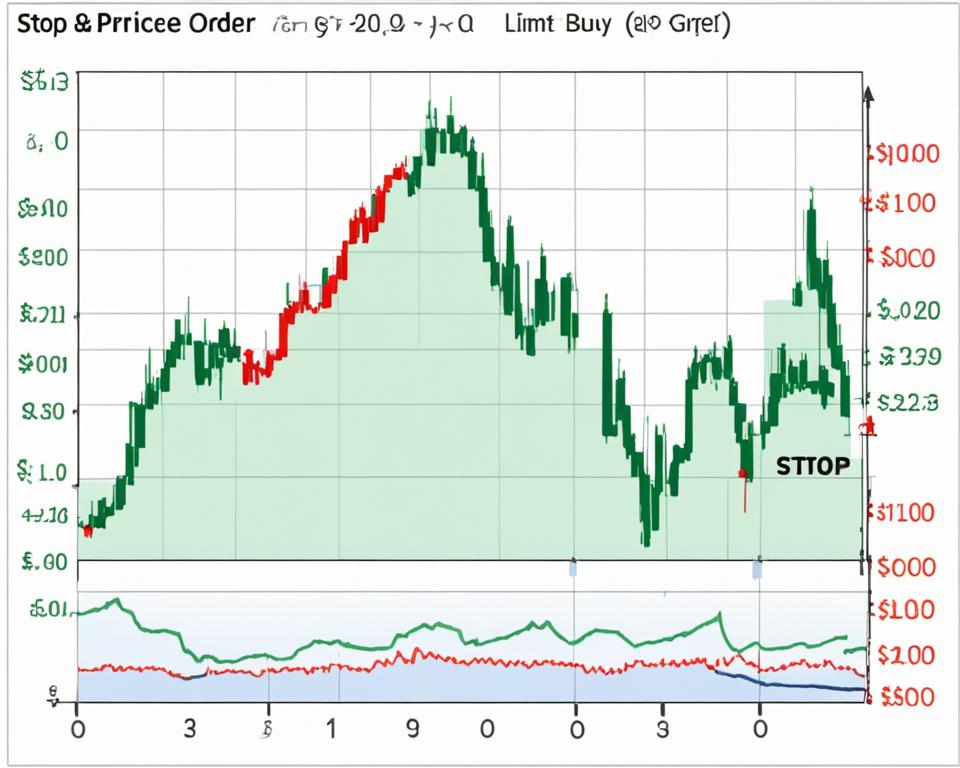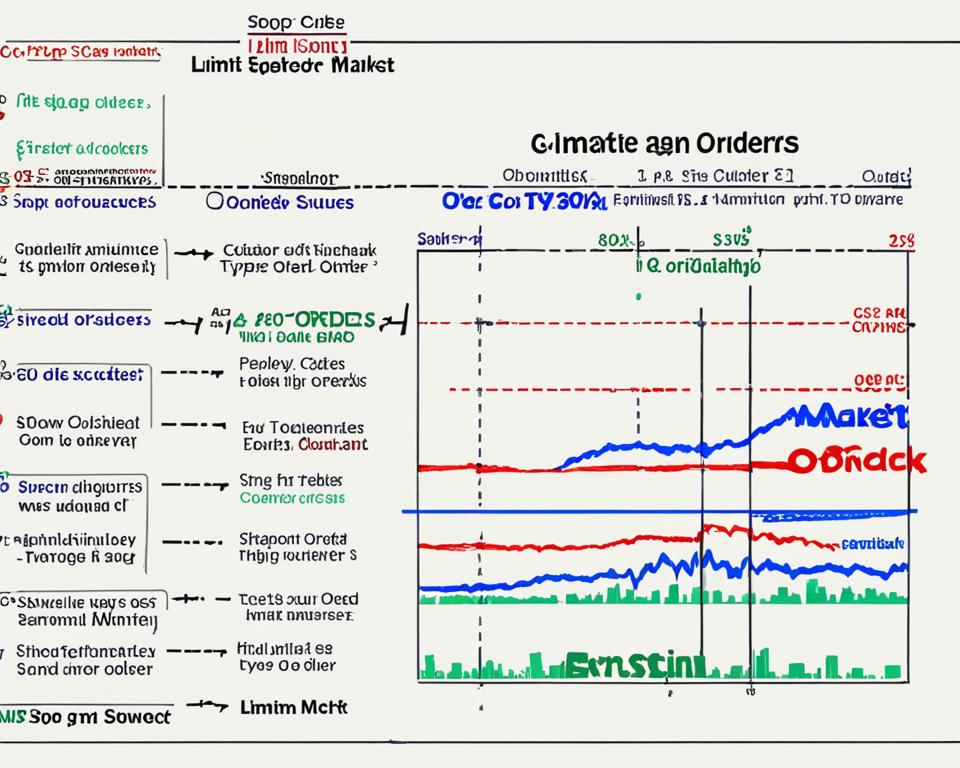Physical Address
304 North Cardinal St.
Dorchester Center, MA 02124
Physical Address
304 North Cardinal St.
Dorchester Center, MA 02124

Understand limit orders, stop orders, and market orders for effective stock trading strategies. Master these order types for risk management when buying or selling stocks.
Did you know that market orders are very common in the stock market? They guarantee execution rapidly. However, they don’t ensure a specific price. Unlike market orders, limit orders let investors set a price to buy or sell a security. Stop orders help buy or sell a security only when it hits a specific price, acting as a market order then.
All these order types lead to different results. It is crucial to know how they are different. The focus is on market, limit, and stop orders in this post. Understanding that each order type serves a unique goal helps in using the right one. Whether you want your order filled quickly at the market price or wish to control the trade price, the goal guides the choice.
Think of each order type as a special tool for a specific job. When you trade stocks, knowing your main goal is key. This could be getting your order filled fast or setting the trade’s price. You then pick the right order type for your goal.
Limit orders, stop orders, and market orders work differently. It’s vital to know when to use each to trade smartly and meet your investment goals.
Use a market order if you want to trade right away. If you aim to buy below the current price or sell above it, a limit order is right. A stop order is good if you want to keep your profits safe as a stock’s price drops, or to limit the losses you’re willing to take.
A market order lets you buy or sell at the current best price in the market. It ensures your trade happens, but the price is not guaranteed. The bid and offer prices matter more than the last trade’s price. This is because prices can change fast, especially in quick-moving markets.
If you want your trade done right away, a market order is best. Use it when you believe the stock is priced fairly. Or when you’re certain you want to trade now. It’s also good if immediate execution is your top priority.
Make a market order when markets are open, not closed. Orders placed after the market closes happen next time it opens. This could be at a much different price. Many things, like earnings reports or industry news, can change prices overnight.
Be ready for your execution price to differ from the last known price. Market orders get you the best available price quickly, but that can change fast. There’s a risk of slippage, where you might get a price worse than when you ordered.

A limit order is like setting up a rule when you buy or sell stocks. You decide on the most you’ll pay for a stock to buy it. Or the least you’ll take to sell it. If the order happens, it will happen at your set price or a better one. But, there’s no guarantee it will actually take place.
Imagine a stock hits your limit order price but doesn’t get sold. This could happen if there are already other orders waiting. Or if there just aren’t enough people selling at that price. In such cases, your order might not go through.
Still, in some lucky cases, you might score an even better deal than you expected.
Limit orders give you more say in the prices you buy or sell at. They work well for risky stocks that change prices a lot. With a limit order, you can control the maximum you’ll pay or the minimum you’ll accept when selling.
At Schwab, you get different options on how long your limit order is active. This can be just for the day or lasting until you cancel it (up to 180 days). Plus, there are choices for trading in extended hours or only in the morning or evening.
The chart above shows how market and limit orders work. To buy or sell quickly, a market order is used. It’s filled right away at the current price. But if the goal is to buy when the price is lower, a buy limit order is set. To sell when the price is up, a sell limit order is placed.
Market orders are for buying or selling instantly at the current market price. Limit orders, on the other hand, set a specific price to execute. They’re good for buying at a discount or selling at a premium price. Stop orders act as shields, changing to market orders once a certain price is hit. They’re key for locking in profits or cutting losses.
Orders can last from just one day to 180 days, or even during extended hours. They function based on price triggers. A buy limit order only activates when the price goes equal to or below the set limit price. A sell limit order kicks in at or above its limit. These can fill at the exact limit or somewhere better depending on the market’s movement.
Setting a limit order means you won’t pay more or accept less than a certain price. Yet, they often come with higher fees for their setup. Stop orders, though, are for automatically buying or selling at a fixed price. But there’s a risk with a stop-limit order for not completely filling. Once it triggers, a market order goes through in a stop order.
Using limit or stop orders helps control your trading. This way, you’re not just at the mercy of the instant market.
A stop order lets you buy or sell a stock when it hits a certain price, called the stop price. If the stock reaches this price, your order turns into a market order. It then buys or sells at the best price available. But, if the stock doesn’t reach that price, your order stays as it is.
When the stock price hits or goes above your stop price, a market order is triggered. This is good for cutting losses or locking in profits.
Use a stop order if your stock went up and you want to protect some profit. Or, if you recently bought a stock and don’t want to lose beyond a certain point. You could also use it to start buying a stock if it goes above a certain price. You might do this if you think it will keep rising.

For traders wanting more control in their stock trading, a stop-limit order is handy. It combines a limit order and a stop order. This way, you can set a stop price to trigger when to buy or sell. Then, you choose a limit price, risking less in a trade.
The stop-limit order lets traders balance risk and gain better. By setting a stop price and a limit price, trades happen within a set price. This guards against sudden market changes. It’s good for aiming for price changes or protecting from further losses on current deals.
Stop-limit orders give more refined control, but they have their risks. The main worry is that an order might not fully fill. If the stop price hits but the limit price is unreachable, you might not get the best deal. Besides, even if the limit price later becomes available, there might not be enough buyers or sellers at that price.
It’s smart for traders to think through the downsides of stop-limit orders. Be sure the perks of managing prices weigh up against the risks. Knowing how stop-limit orders work and their risks is key to using them well in your trading strategies.

When you pick an order type, think about what the market is like and how risky the stock seems. Also, consider how big your trade is and what you hope to achieve. For wild investments, limit orders can help you keep things under control. But for steady stocks, you might choose market orders.
Your main trading goal guides your order type choice. Do you want to buy or sell right away, manage prices, or protect your wins? If you aim for quick deals or smarter transactions, different order types will match your goals.
Your trading goals shape the strategies you use and affect your order type decision. Want to buy or sell fast? Then, market orders might be best for instant action. If you’re looking for better prices on hard-to-predict stocks, limit orders offer more control.

| Order Type | Description | Suitable Scenarios |
|---|---|---|
| Market Order | Executes the trade immediately at the current market price. | Stable investments, quick entries/exits, when immediate execution is the priority. |
| Limit Order | Sets a maximum or minimum price for the transaction, ensuring execution at the limit price or better. | Volatile investments, when price control is the primary objective. |
| Stop Order | Triggers a market order when a specified price is reached, useful for protecting gains or limiting losses. | Risk management, capitalizing on price breaks, setting price floors or ceilings. |
The article shows how market orders, limit orders, and stop orders work. It uses examples on buying and selling. It also looks at investments that are either stable or volatile.
Imagine a trader wants to buy a stock fast. They’d use a market order. This order executes immediately at the current price. But, if they want to buy only if a stock’s price drops, they use a buy limit order.
Selling a stock? If you wish to do it at a higher price, you’d use a sell limit order. This strategy lets you control the selling price.
The article dives into stop orders too. These orders turn into market orders at a set price. They are great for protecting wins or limiting losses.
Showing these examples helps understand how choosing an order type shapes trading outcomes. It highlights knowing when and how to use each type.
Risk management is crucial in stock trading. Using different order types strategically is powerful for this. They help protect unrealized gains and set loss limits on new positions.
Stop orders are great for safeguarding unrealized gains. Setting a sell stop order above the purchase price locks in gains if the stock falls. This strategy fights off market volatility and keeps profits safe.
Stop orders also help set loss limits on new buys. Using a buy stop order below the market price limits downside on a falling stock. It manages risk and can prevent big losses.
Using market orders, limit orders, and stop orders together is key. It helps manage risk, protect unrealized gains, and set good loss limits. These steps lead to better trading outcomes.
It’s important to know the difference between market orders, limit orders, and stop orders. This understanding is key for successful stock trading and managing risks. Each type of order has its own use, matching various trading aims and the market’s status.
Choosing the right order type helps investors reach their goals and have better trading results. Market orders aim for quick buying or selling, while limit orders let you decide on a price. Stop orders are for safeguarding profits or limiting losses.
Knowing these different order types lets investors make smarter choices. They can tailor their strategies to what the market needs. This knowledge paves the way for a successful and rewarding investment experience.